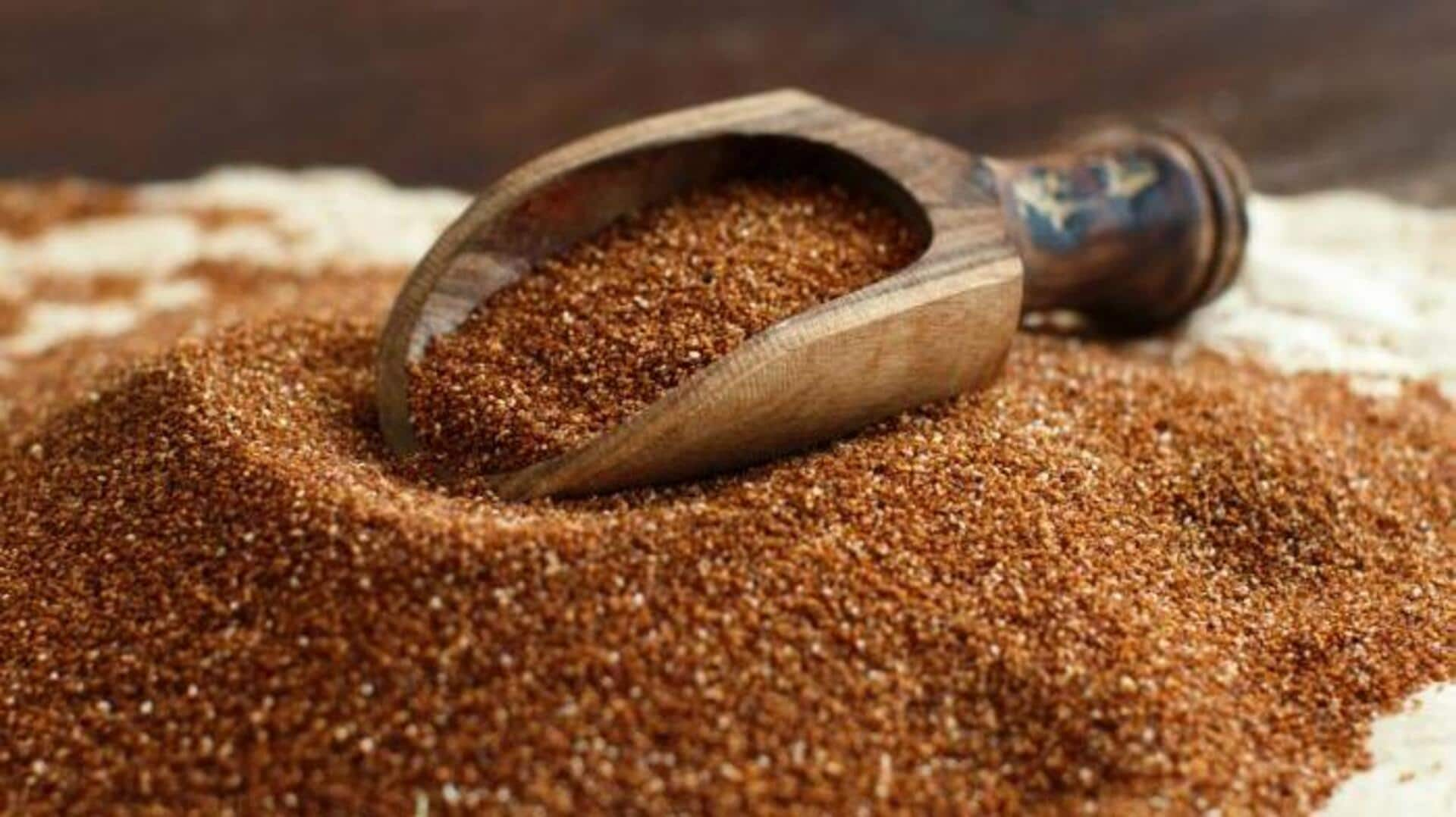
Teff v/s farro: Comparing their nutrition
What's the story
Teff and farro are two ancient grains that have gained popularity for their nutritional benefits. Both grains are packed with essential nutrients, making them an excellent addition to a healthy diet. While teff is an Ethiopian grain, farro is a type of wheat that originated in the Mediterranean region. Knowing their nutritional profiles can help you make informed dietary choices.
#1
Protein content comparison
Teff has about 10% protein content, which is higher than most other grains. It makes a great plant-based protein source for those looking to up their intake without animal products. Farro, on the other hand, has about 15% protein content. It makes it an excellent option for those looking to increase their daily protein intake from whole grains.
#2
Fiber benefits of each grain
Both teff and farro are high in fiber, which is important for good digestion and gut health. Teff has about three grams of fiber per serving, while farro has about five grams per serving. The fiber content in these grains helps keep you full and controls blood sugar levels by slowing down digestion.
#3
Micronutrient richness
Teff is rich in iron, providing more than 20% of the daily recommended intake per serving. This makes it great for those looking to increase their iron levels naturally. Farro also has iron but is particularly rich in magnesium and zinc, which are important for bone health and immune function, respectively.
#4
Gluten considerations
Since teff is gluten-free, it is a great option for anyone with celiac disease or gluten sensitivity. Farro, on the other hand, contains gluten as it is a wheat product. Hence, it is not suitable for those who need to avoid gluten completely but can be enjoyed by others looking to add variety to their grain consumption.